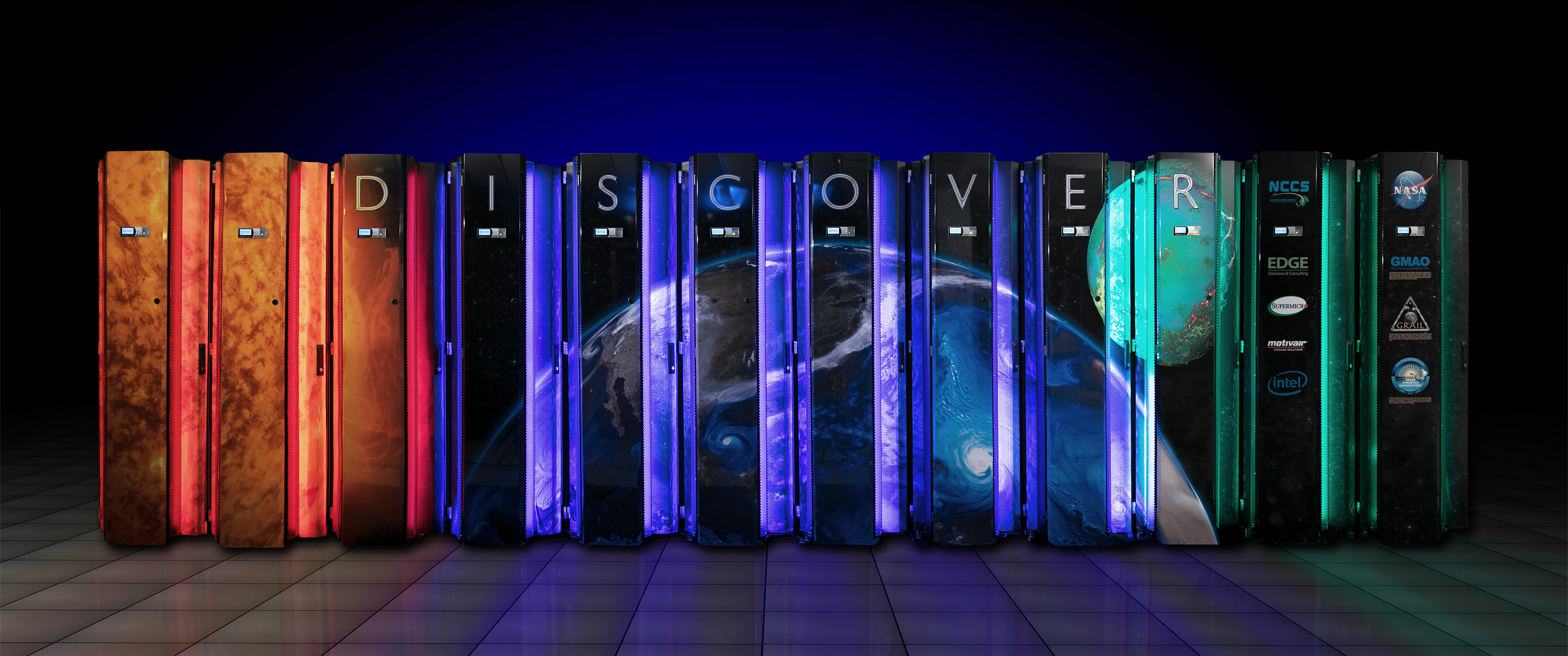Due to the lapse in federal government funding, NASA is not updating this website. We sincerely regret this inconvenience.
NCCS User Spotlight: Dr. Melissa Wrzesien
Joins the NASA Land Information System Team
Just as the Pandemic Lockdown Begins

Dr. Melissa Wrzesien at Glacier Bay National Park and Preserve in Southeast Alaska in 2019.
Hometown: I grew up in Raleigh, North Carolina. My family and I moved there from Maryland when I was two years old, so I consider North Carolina to be home.
What was your career path to NASA? I was introduced to climate modeling and snow science while working on my undergraduate thesis at the University of North Carolina (UNC) at Chapel Hill, where I earned a bachelor’s degree in environmental science and applied mathematics. I attended the Ohio State University (OSU) for my Ph.D. in Earth sciences, using the skills I had learned during my undergraduate work at UNC for my graduate research. My dissertation focused on improving estimates of mountain snowpack using a regional climate model. Following graduate school, I became a postdoc fellow back at UNC-Chapel Hill, where I focused my research on climate projections of snow and precipitation. In March 2020, I began my current position in the Hydrological Sciences Laboratory at the NASA Goddard Space Flight Center. I was first hired under the NASA Goddard Earth Sciences Technology and Research II (GESTAR II) cooperative agreement, and now I work for the Earth System Science Interdisciplinary Center (ESSIC) and the University of Maryland.

Wrzesien describes her graduate research at the 2015 American Geophysical Union (AGU) Fall Meeting in San Francisco, California. Her study compared interpolation techniques to model estimates from the Weather Research and Forecasting (WRF) model over the Sierra Nevada mountain range in California.
What is your current role at NASA? I am a member of the NASA Land Information System (LIS) team, where we use modeling and data assimilation to better understand land surface hydrology. My focus is on snow and how we can use models, remote sensing, and data assimilation techniques to improve estimates of snow mass.
What challenges have you had to overcome? I started working at NASA Goddard in March 2020, about two weeks before the center shut down for the pandemic. It was challenging to make a big career change when the world was in such an uncertain place. Luckily, I work with some great colleagues, and I think we did a good job checking up on each other, especially during those early pandemic months.
What is your current research focus? My current research involves working toward a future snow satellite mission. One project added a new snow process model, called SnowModel, into the LIS framework. SnowModel allows us to simulate important snow processes like snow metamorphism and redistribution of snow by wind, processes that are often not included in typical land surface models. I’m currently working on a model intercomparison over Fairbanks, Alaska, to compare SnowModel to other models available in LIS.
Another project is performing what is called an Observing System Simulation Experiment, or OSSE. An OSSE is an entirely model-based experiment to test the utility of observations from proposed satellite sensors. We use LIS to generate synthetic observations, which is model output that has been altered to represent what a satellite would see. I am running assimilation experiments with LIS and the synthetic observations to estimate how a proposed satellite that observes snow mass will hopefully reduce model uncertainty.
How has the NASA Center for Climate Simulation (NCCS) supported your research/career? The NCCS plays a critical role in my research. The models I run can be computationally intensive, and this work would not be possible on my local machine. Not only are NCCS’s high-end computing resources – specifically the Discover supercomputer – necessary to my work, but the NCCS staff is always helpful anytime I have a question…or if I accidentally take out a node with a memory-intensive simulation!

The NASA Center for Climate Simulation’s (NCCS) Discover supercomputer, situated at NASA Goddard Space Flight Center in Greenbelt, Maryland. The Discover supercomputing cluster is particularly suited for large, complex, communications-intensive problems employing large matrices and science applications, which benefit from its ecosystem of system software and tools. Example applications include fine-scale, high-fidelity simulations of the atmosphere and oceans that span time scales from days (for weather prediction), to seasons and years (for short-term climate prediction), to decades and centuries (for climate change projection).
What or who especially inspires you? I’m inspired by all the fantastic researchers on the NASA LIS team. Everyone does such exciting research and produces both cool science and engaging graphics. It’s fun to work with such great people!
Are there any people in your field who have influenced you? Two people immediately spring to mind. First, my graduate advisor, Dr. Mike Durand, at Ohio State, has been a big influence on me and my career. Mike is a great scientist and a phenomenal person, and he made it fun to be a part of his research group. I don’t think I’d be where I am today if I had worked with someone else for my doctoral degree.

Professor Mike Durand
Second, during my doctoral work, Dr. Sarah Kapnick (now Chief Scientist at NOAA) was a great mentor. Sarah is a strong advocate for women in science, and she was always supportive of me and my career when we caught up each year at AGU.

Dr. Sarah Kapnick,
NOAA Chief Scientist
Related Link
Wrzesien, M.L., S. Kumar, C. Vuyovich, E.D. Gutmann, R.S. Kim, B.A. Forman, M. Durand, M.S. Raleigh, R. Webb, and P. Houser, 2022: Development of a “Nature Run” for Observing System Simulation Experiments (OSSEs) for Snow Mission Development. Journal of Hydrometeorology, 23, 3, doi:10.1175/JHM-D-21-0071.1.
Sean Keefe, NASA Goddard Space Flight Center
October 31, 2022


